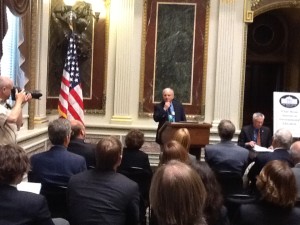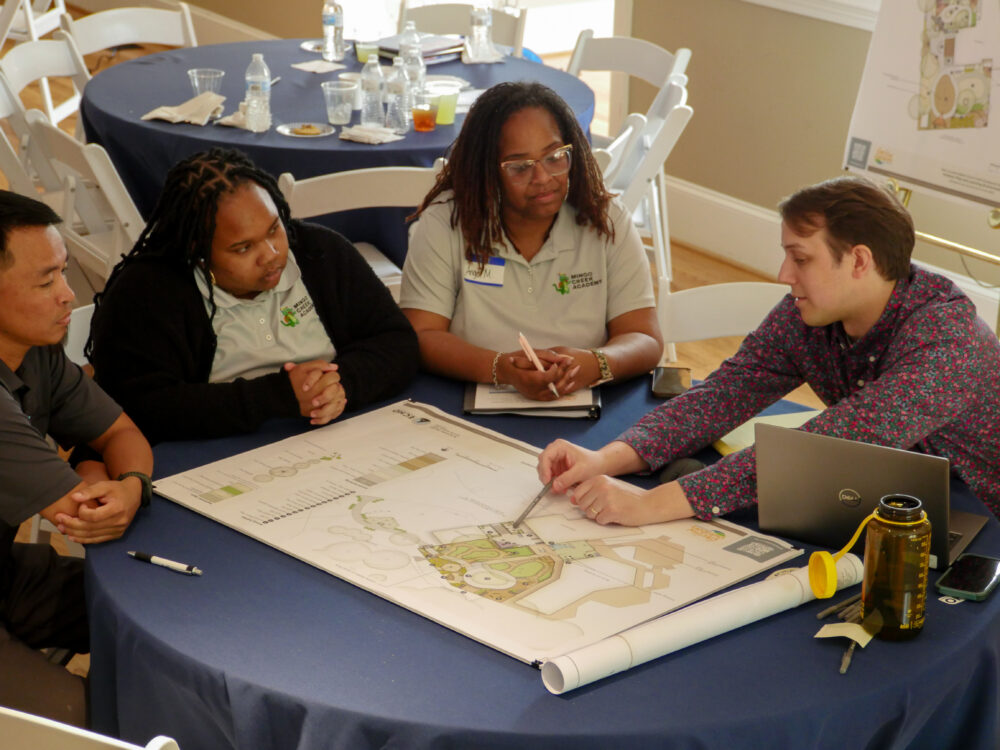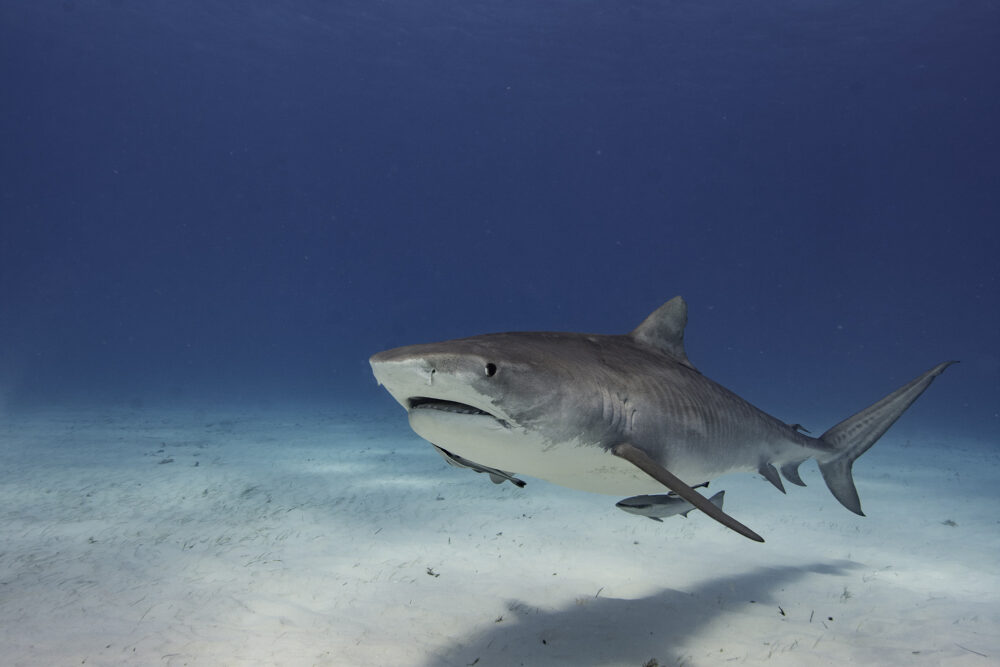We have much more to do and your continued support is needed now more than ever.
Green Education Funding Remains in Limbo after White House Summit on Environmental Education
Today I attended the first ever White House Summit on environmental education. There were speakers ranging from Richard Louv to NASCAR.
 The Presidential Environmental Youth Awardees were inspiring. And it was wonderful to hear Education Secretary Arne Duncan express his enthusiasm for environmental education and the new Green Ribbon Schools program (inaugural winners to be announced on 4/23/12!).
The Presidential Environmental Youth Awardees were inspiring. And it was wonderful to hear Education Secretary Arne Duncan express his enthusiasm for environmental education and the new Green Ribbon Schools program (inaugural winners to be announced on 4/23/12!).
However, it was pretty clear from the onset that there was indeed an elephant in the room…
Just a few weeks ago the White House recommended to Congress (through its annual budget request) the effective elimination of three environmental education programs that were funded by Congress at about $35 million last year (or about 1/4 the cost of a F-22 Raptor fighter jet).
What does the elimination of these programs mean? What is at risk? First, let’s consider just a few examples pulled from thousands of local grants to schools, nature centers, parks, zoos, science centers, natural history museums, aquariums and other community-based organizations over the years:
- Big Brothers Big Sisters of Central Missouri received an EPA grant to engage their youth in environmental education and outdoor experiences.
- The Galeton School District in Pennsylvania received EPA funds for under-served students to monitor water quality to determine the environmental impact of natural gas extraction from Marcellus Shale.
- Environmental Learning for Kids (ELK) in Denver, Colorado, received an EPA grant to provide career, leadership and life skills for you under-served youth through its Leadership Corps program.
- The Seacoast Science Center in New Hampshire received a NOAA grant to create new partnerships across New England for teaching informal, outdoor ocean science to under-served families in five New England communities.
- The Science Museum of Virginia received NOAA funds to provide earth science and climate change education for visitors through its Science on a Sphere platform.
- Trout Unlimited in the Chesapeake region received a NOAA B-WET grant for their Potomac Waters Youth Education Initiative to educate students about the importance of headwater streams to brook trout and the entire watershed.
- The University of Wisconsin received a NSF grant to create a regional Great Lakes network to increase the adoption of effective climate change education programs by working with teachers, businesses and the public.
This is just the tip of the iceberg! These funds support programs like National Public Lands Day and the development of innovative curricula. The National Environmental Education Foundation has leveraged millions of dollar in public/private partnerships through a modest federal investment.
At the summit, EPA Administrator Lisa Jackson announced that EPA would maintain $5 million in funding for FY 2013, which is about half of what Congress provided last year. This is a good step, but we still have not seen a detailed plan for how these funds would translate to grants and other support from EPA.
Administrator Jackson also reinstated an inter-agency task force created by the 1990 National Environmental Education Act to improve coordination among federal agencies and stakeholders.
 Unlike the steps announced by EPA, no one mentioned the major cuts to the National Oceanic and Atmospheric Program or the National Science Foundation environmental education programs.
Unlike the steps announced by EPA, no one mentioned the major cuts to the National Oceanic and Atmospheric Program or the National Science Foundation environmental education programs.- One breakout group of summit participants did recommend a $1 Billion dollar annual investment in environmental education across federal agencies. Richard Louv and Congressman John Sarbanes also spoke to the importance of funding during their keynote addresses. And the elephant in the room was acknowledged at the end of the summit by EPA Officials.
At the end of the day I left with some new ideas and was pleased with the reinstated task force, but I did not hear a commitment to the financial investment our nation needs to prepare the next generation to address climate change and enter the new green jobs sector.
Did you attend the summit? Watch it online? Please share your thoughts with me by leaving a comment below. And stay tuned for future action alerts to support environmental education.






















